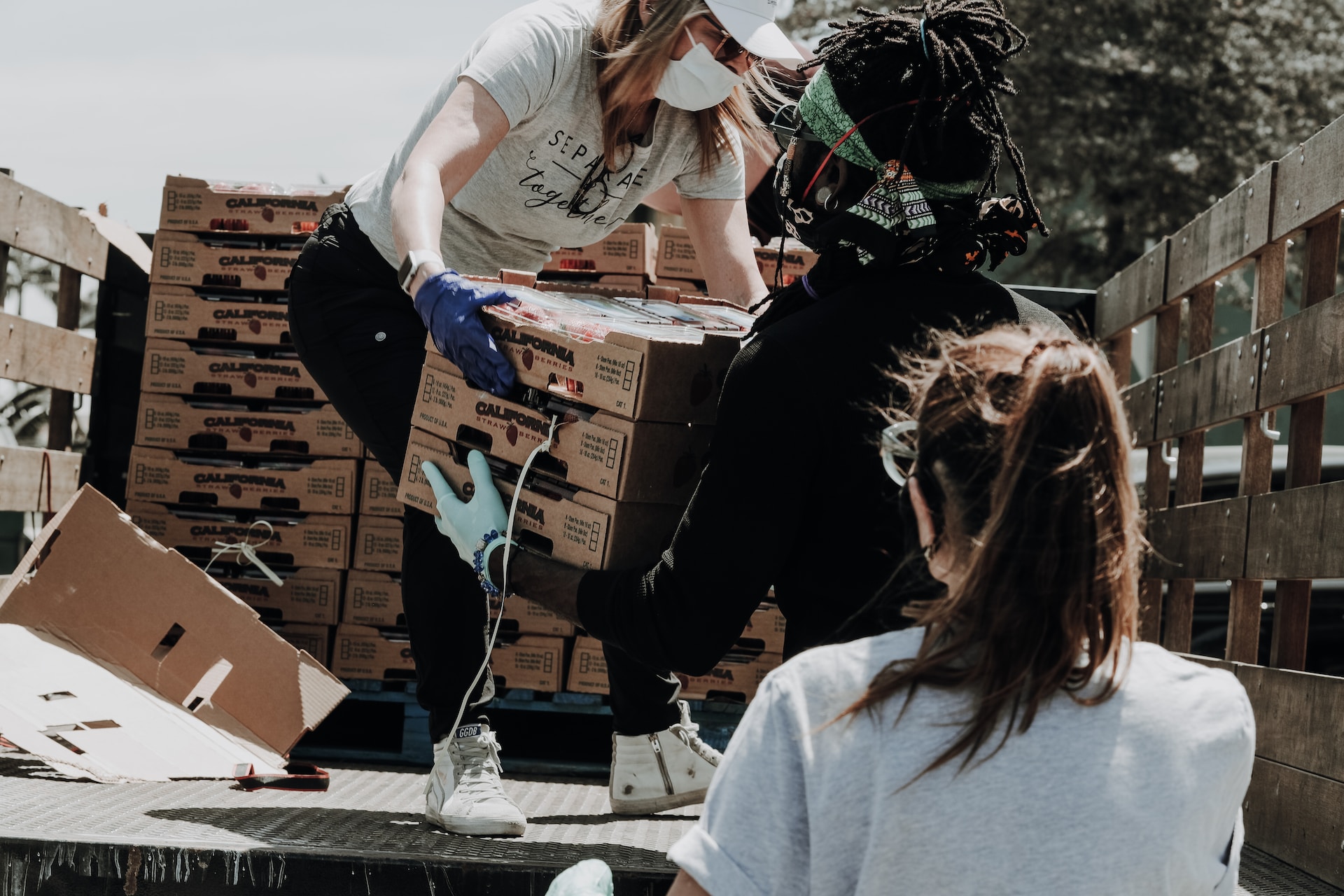As more organizations embrace community empowerment initiatives, there is a need to implement effective methods to ensure the success of their projects. Hence, a community outreach strategy provides a blueprint to determine the most effective method of delivering community services.

- Giving back to the community might be as simple as a yearly donation or taking part in a one-time volunteer program
- Essentially, the target audience or individuals constitute the most critical stakeholder in your overall community outreach campaign
- Community outreach is one great way to prove how socially responsible an organization is and its commitment to the development of its operating environment.
Steps to Creating a Community Outreach Strategy
By and large, a step-by-step guide is one great way to simplify a process. Also, organizations can break down what they intend to achieve to make it more understandable for every person involved in the process. An outreach strategy is a documented method of how to effectively reach and impact a target community. In this article, we will outline a simplified process for implementing a community outreach strategy.
a. Carry out a needs assessment
A community needs assessment is the process of acquiring more information about the target community. It provides the needed information on the community’s strengths and resources. Also, it depicts a more accurate picture of the issue that needs to be addressed, local regulations that can impact the outreach, as well as the environment.
The first step in developing a strategic community outreach plan is to have a clear, data-backed framework. It takes the guesswork out of the process and allows you to make data-driven decisions.
b. Determine the challenges
A thorough needs assessment will instantly expose the challenges in the community. Hence, your responsibility is to decide which of the community needs that you intend to handle. In essence, your purpose is to solve (or try to solve) that problem. You can also choose to address more than one of the problems. Recognizing the issues and how you intend to solve them will define your overall community outreach strategy. In the case where it’s beyond your capacity as an individual, you can simply gather all information and deliver it to a charity organization that has the capacity and resources to act on it.
c. Develop a plan
This entails what your organization seeks to achieve through the program initiative. Afterward, you can decide on the ways to achieve those goals. Essentially, your goal would be to solve the problem optimally, yet with measurable results. You can begin by asking a few critical questions; Are you addressing a tangible need in the community? How do you intend to effectively interact with your audience? Do you have the right team in place to help you achieve your outreach goals? You can add more questions to the list and be sure to correctly answer each of them.
Creating a comprehensive list of questions and preparing how to handle them separately offers your team a realistic picture of the responsibility that accompanies the task. In addition, it provides thorough detail on the effort required to reach the goal, providing a very realistic assessment of what you should expect.
d. Make a list of stakeholders
Stakeholders are those that have a direct or indirect impact on the community you want to reach. In simple terms, they have a strong connection to the community. Essentially, the target audience or individuals constitute the most important stakeholder in your overall community outreach campaign. Likewise, you need to consider the people that have a strong influence on the community and a say in how things are run. Is there a community leader or a local politician who you can communicate your community outreach goals with? You must take into account all stakeholders. By and large, it is critical that you not only obtain buy-in from these individuals but that you also include them on your team. This is one great way to foster trust between your organization and the community. It also allows you to achieve your goals more quickly.
e. Develop a strategy
Overall, your efforts have allowed you to define a clear framework for how you intend to undertake your community outreach program. After addressing who and what to target, you can go on to the next stage of your outreach approach: designing a strategy. All of the step-by-step processes will allow you to understand the most effective approach for the intended community. Also, an effective strategy will specify how you can achieve your goals. A successful outreach strategy emphasizes two key players in the entire process; the community as well as the stakeholders.
Conclusion
Giving back to the community might be as simple as a yearly donation or taking part in a one-time volunteer program. However, the most influential organizations understand that long-term dedication and impactful initiatives can result in long-term success. By and large, individuals and communities tend to trust enterprises that give back to society. Community outreach is one great way to prove an organization’s commitment to its operating environment.
If you enjoyed reading this article, please share your comments and suggestions with us at the bottom of this post.



5 Responses